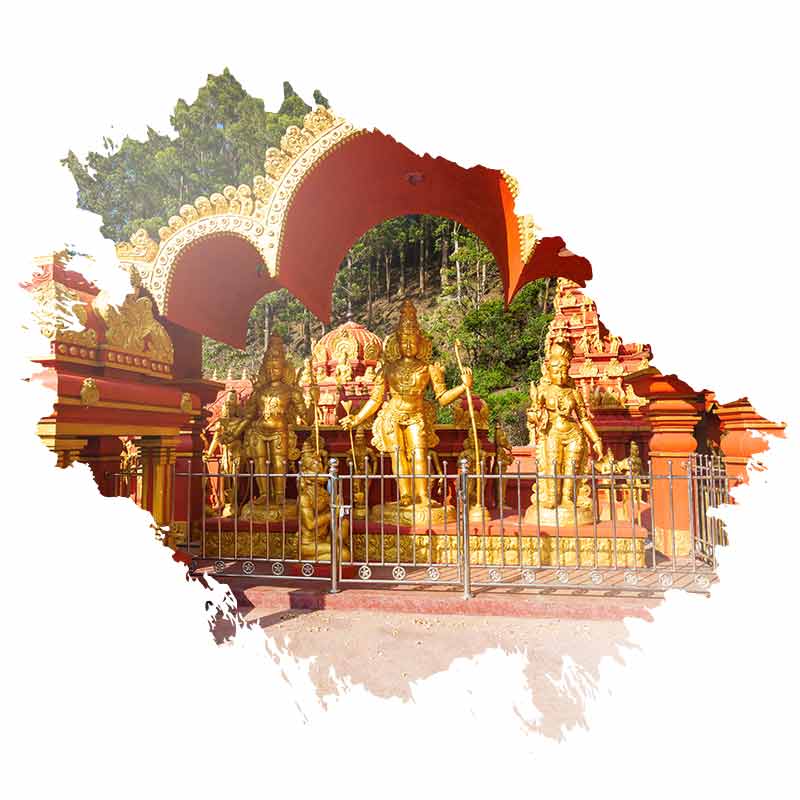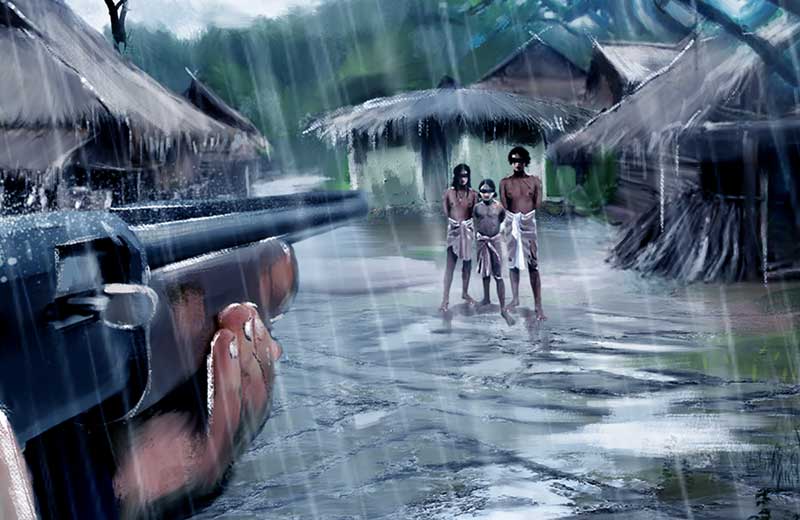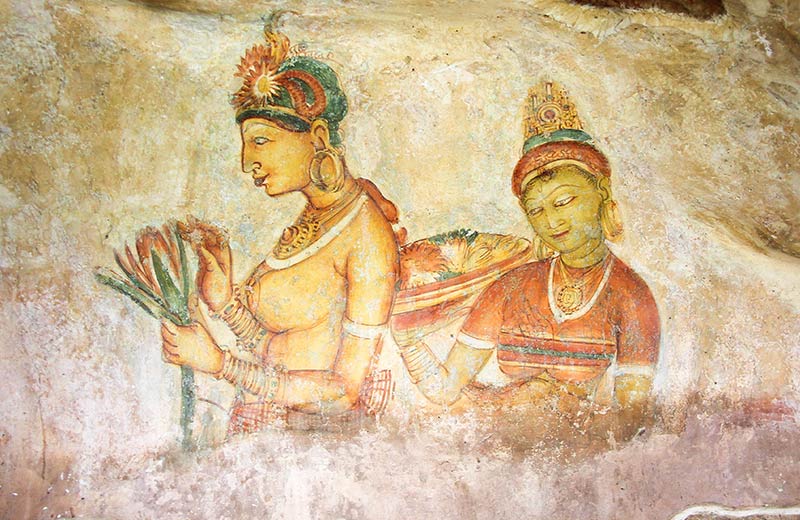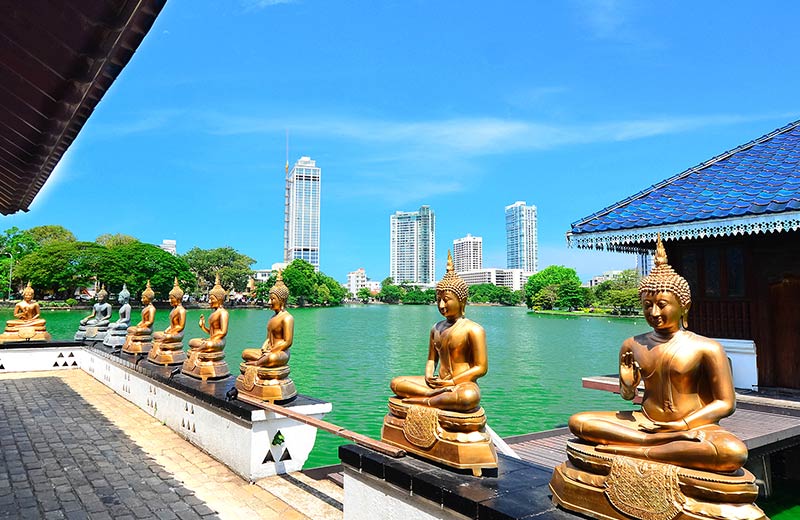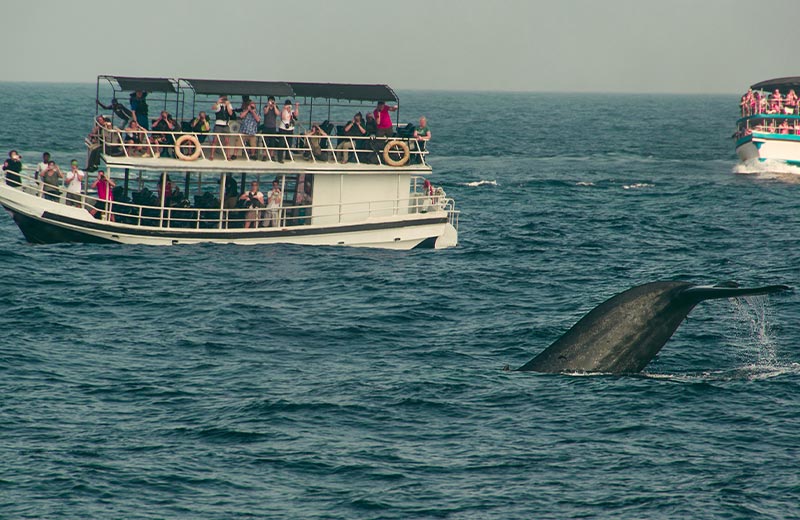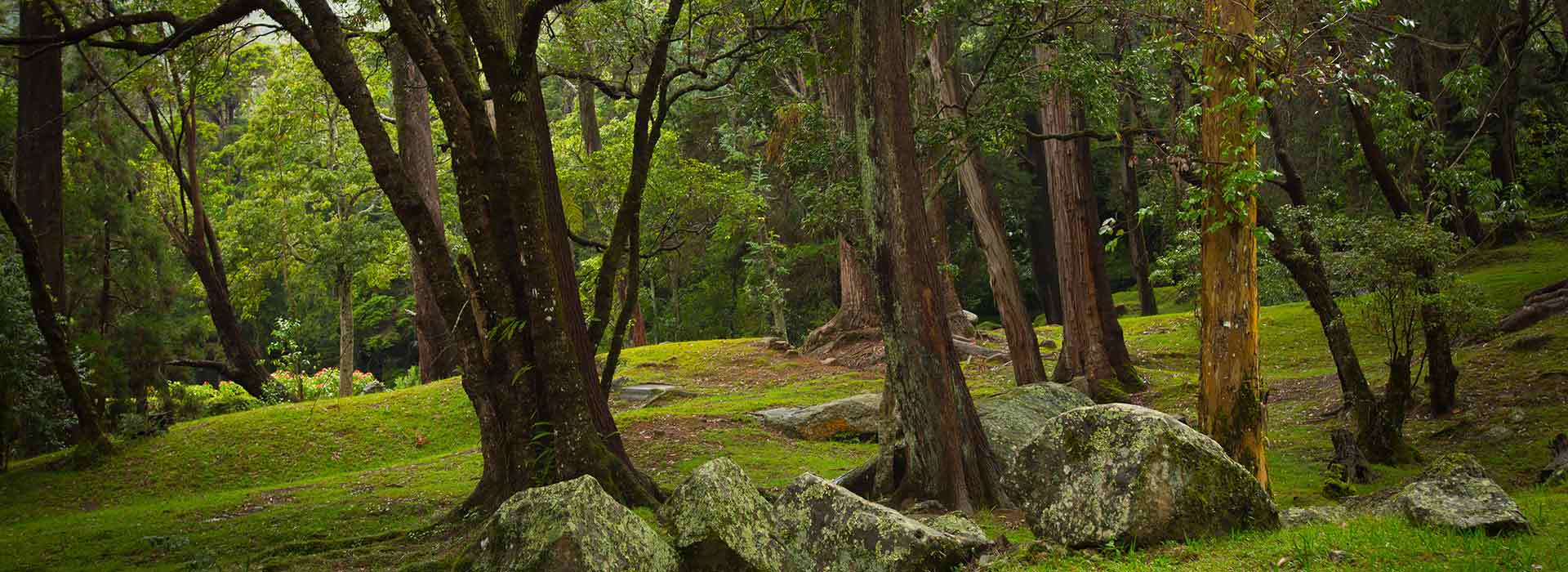Let theRamayana Trail Take You on a Mythical Journey
Much of Sri Lanka’s history is deeply intertwined with the mythical tale of the Ramayana. The central plains of Nuwara Eliya are believed to have played a key part in the action.
The hilly plains of Nuwara Eliya, located in the central highlands of Sri Lanka, were transformed into a functioning city by the British colonizers during the 19th century AD. However, the place is steeped in history that dates back much further, as it is intertwined with the epic Sanskrit tale of the Ramayana. According to the tale, Lord Rama’s wife, Sita, was kidnapped and whisked far away by Ravana, who was the king of ancient Lanka. Ravana is believed to have brought the kidnapped Sita to the island, where she was hidden away, until Rama was able to rescue her with the help of his brother Lakshmana and the immortal monkey demi-god Hanuman.
Ashoka Vatika
There is no concrete proof regarding the location of King Ravana’s capital city, but legend states that it was located in the plains of Nuwara Eliya. Although she was brought here by Ravana, Sita is supposed to have refused to stay in her kidnapper’s palace, opting to remain in the Ashoka Vatika – a garden of Ashoka trees – a short distance away. It is here that Hanuman is purported to have met Sita for the first time. Although Hanuman is believed to have destroyed most of the original Ashoka Vatika, a portion of the garden, located close to the Hakgala Gardens, can still be visited.
Seetha Amman Temple
Sita is believed to have sat on a nearby rock and pray that her husband Rama would soon come to her rescue. A Hindu temple named Seetha Amman was erected at this site to memorialize Sita and her devotion to Rama. The devotees of Seetha Amman believe that a specific spot in a stream that runs parallel to the site was cursed by Sita during her captivity, and that the water from this spot should not be drunk even today. Circular depressions on the rock face across the stream are believed to be footprints made by King Ravana’s elephant.
Legend states that once King Ravana realized that Hanuman was aiding Rama to rescue Sita, he punished the monkey god by setting fire to his tail. Hanuman in turn is believed to have set fire to some areas of Ravana’s kingdom, and that is cited by some as the reason for the black soil that forms a top layer in certain areas of Nuwara Eliya.
Divurumpola
Rama finally rescued Sita after defeating Ravana and his Raksha forces, with the help of Lakshmana and Hanuman. However, the much anticipated reunion between Rama and Sita was not the joyous occasion one would have expected it to be. Rama had begun to doubt Sita’s fidelity and purity, uncertain of the events that transpired during her captivity. A distressed Sita protested her innocence and agreed to undergo Agni Pariksha (trial by fire) to prove her faithfulness to Rama. Legend states that when Sita plunged into the sacrificial fire, invoking the fire god Agni as a witness to her purity, Agni rose out of the burning flames and lifted Sita out of the fire, unscathed. This trial proved Sita’s fidelity to all those who doubted her, including her husband. The Buddhist temple Divurumpola (place of oath) located in the central highlands, is believed to be the place where Sita’s Agni Pariksha took place. The temple contains many paintings that memorialize this specific event from the Ramayana.
Gayathri Peetam
Another place connected to the Ramayana is Gayathri Peetam (Gayathri Temple), which is dedicated to the goddess Gayathri. The location of the temple is significant, because it is believed to be the place where the gods Siva, Brahma and Vishnu, appeared when King Ravana’s son Meghanada performed the sacred rituals Siva Thapas and Nikumbala Yagna and was granted supernatural powers.
Today, the Ramayana Trail of the central highlands has become a popular pilgrimage for Hindu devotees, as well as curious tourists.
